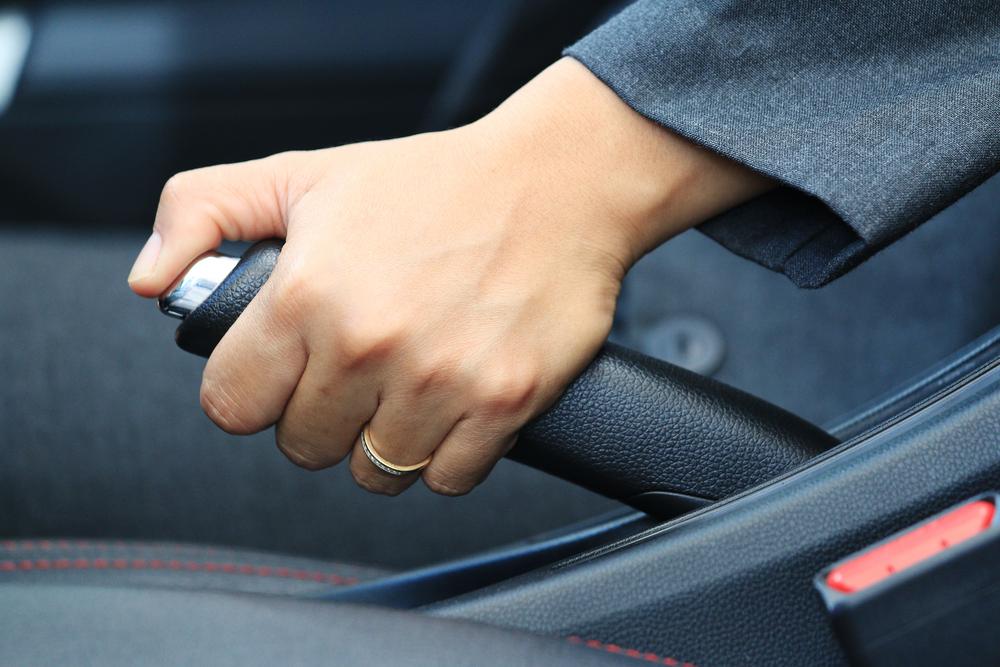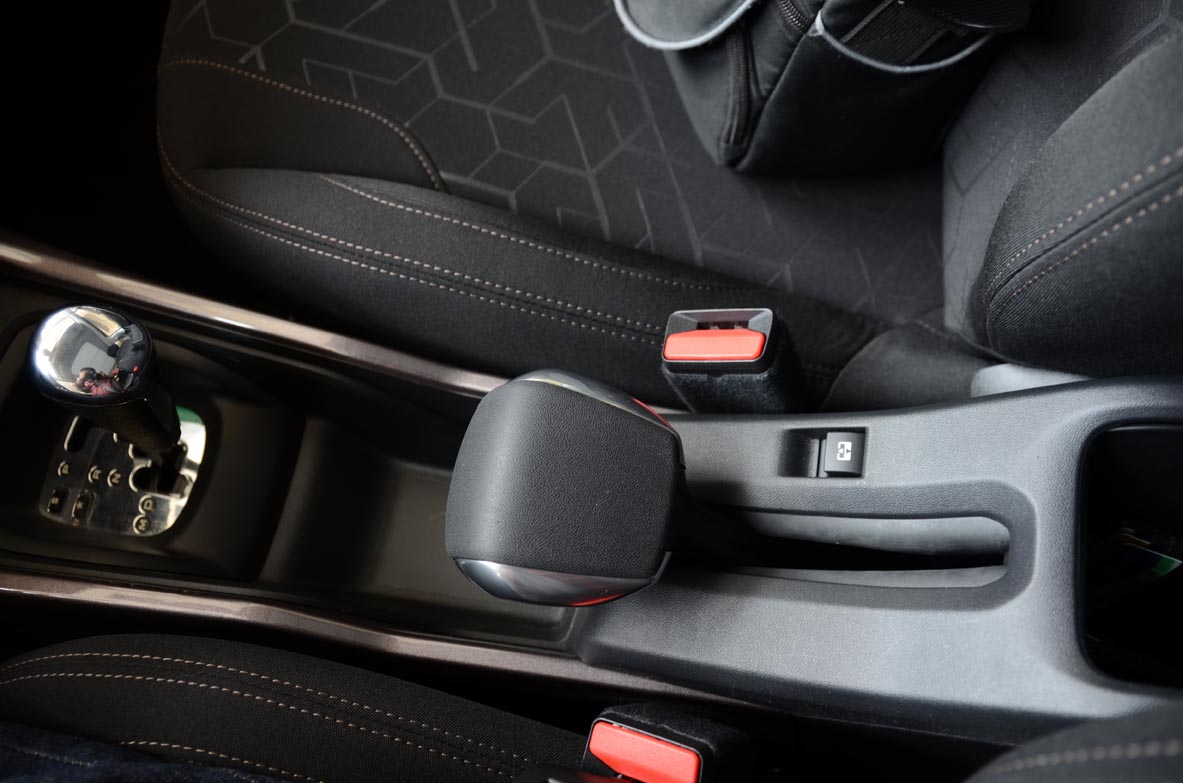
Knowing how and when to use the handbrake is crucial for proper and safe operation of your vehicle. As braking systems in automatic cars are able to act without human input, most electronic handbrakes will instinctively disengage themselves as you pull away. This will engage an electronic motor, which in turn powers the braking mechanism.
#No handbrake car manual#
The mechanism itself works similarly to how it would in a manual system, except that an automatic handbrake is engaged by pushing or pulling a button. The handbrake in an automatic carĬars with an automatic gearbox are equipped with an electronic handbrake, although they aren’t the only ones – selected manual transmission cars can also be seen implementing the concept. This may sound like gibberish, but what you should remember is this: the end result will immobilise the rear wheels of your car. If you have disc brakes, the existing caliper piston will engage, and if you have drum brakes, the cable will be attached directly to a level on the brake shoes. When you engage your handbrake, the metallic cable passes through an intermediate lever before coming to an equaliser, which splits the power evenly between the brake pads. Manual handbrakes are used either by pulling a level upwards or by pressing a pedal down with your foot. Secondly, it allows you to engage the gas pedal while braking, which facilitates more advanced driving techniques such as drifting, and makes seamless hill starts easier. This serves two functions firstly, it ensures that you have a method of stopping your vehicle should the hydraulic brake fail. Unlike the footbrake, the handbrake is connected to the back wheels of your car via a metallic cable.

Despite performing the same function, they operate individually, and are best suited to different circumstances.ĭepending on the age, model, and transmission of the car in question, the handbrake can be manual or electronic, foot-operated or hand-operated. But as Jeff Goldblum so famously uttered in Jurassic Park, “life finds a way.” These three advanced driving techniques will get any car sideways, no yank of a handbrake required.Every car, be it automatic or manual, has two brakes the main brake, which is found to the left of the accelerator, and the handbrake, interchangeably referred to as the parking brake or emergency brake. …įor the casual hoon, the proliferation of electronic parking brakes may seem to signal the end of sideways tomfoolery in front-wheel-drive cars – a particularly painful loss in the snowy winter months. Granted, it’s not too hard to pitch a Ferrari, Lambo, or 911 sideways without a handbrake. Even Porsche’s venerable 911 hasn’t come with a handbrake since the 2011 introduction of the 991 chassis. Ferrari now uses electronic parking brakes exclusively, as does Lamborghini.

And they’re not exclusive to crossovers and minivans. To the delight of insurance companies and dehydrated crybabies with cold bums the world over, these damnable things are cheaper every day. Car manufacturers also utilise them to further idiot proof their cars by programming the electronic parking brake to set automatically when the car is parked.

Electronic parking brakes save valuable real estate in a car’s interior, freeing up space for more cup holders, heated seat controls, automatic tissue dispensers and the like. I hate to say it, but the handbrake’s days are numbered.

3 Ways To Slide A FWD Car Without A HandbrakeĮlectronic e-brake getting you down? No worries, because these three advanced driving techniques will get any car sideways!


 0 kommentar(er)
0 kommentar(er)
